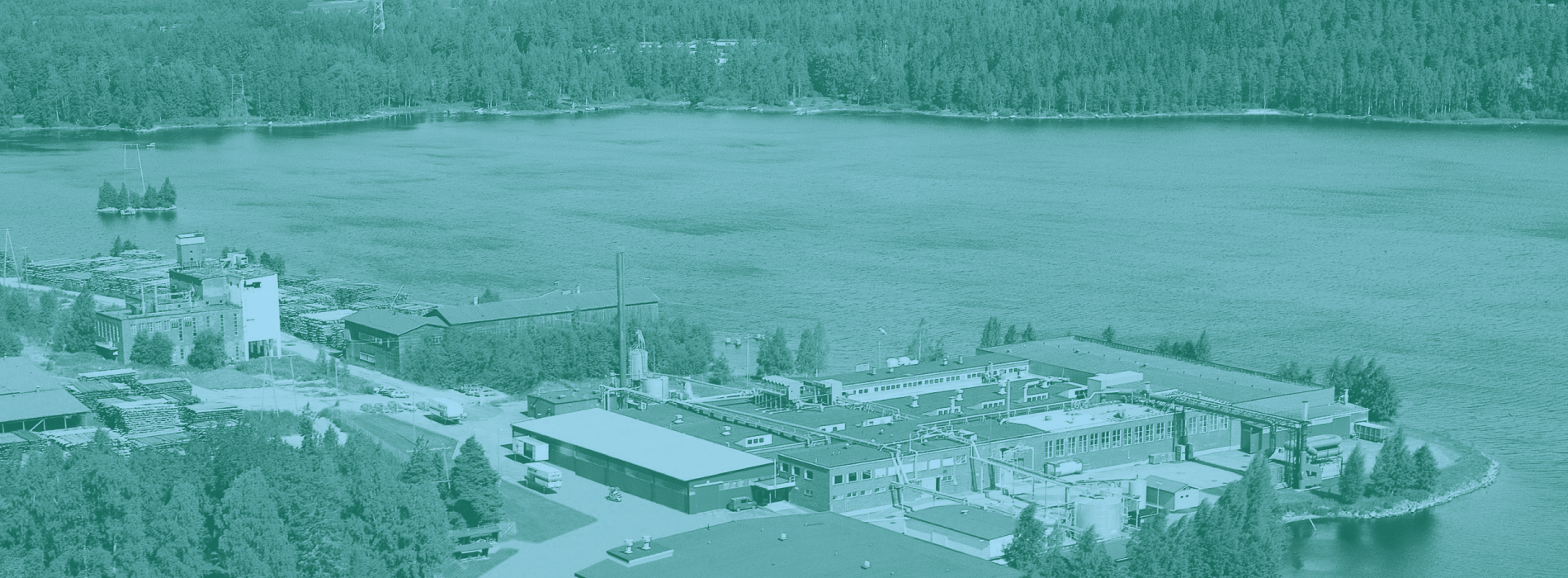
Vastuullisuusasioiden toteutus
Formica Group tavoittelee entistä parempaa läpinäkyvyyttä, ja vastuullisuustoimintamme tavoitteena on viestiä ennakoivasti ympäristövaikutusdatastamme sekä suunnitelmista, joilla pyrimme parantamaan tilannetta tulevaisuudessa.
Kestäviä pintoja, joissa käytetään uusiutuvaa materiaalia
Siitä lähtien, kun Formica Group keksi alkuperäisen korkeapainelaminaatin vuonna 1913, tavoitteena on ollut luoda kestäviä ja pitkäikäisiä tuotteita. Tuotteiden kestävyyden ansiosta niitä ei tarvitse vaihtaa uusiin, mikä puolestaan vähentää resurssien käyttöä ja jätteen määrää sekä niihin liittyviä ympäristövaikutuksia. Tällä on todellista merkitystä, kun ajatellaan vastuullisuuden kiertokulkumallia. Lisäksi ensisijainen koristelaminaattiemme valmistuksessa käytettävä materiaali on vastuullisesti hankittu paperi, eli uusiutuva raaka-aine.
Group Position Paper
Making Real Impact For Less Impact
Vastuullisuusmissiomme korostaa holdingyhtiömme Broadview’n jatkuvaa sitoutumista. Sen mukaan toteutamme investointeja, joilla minimoimme kaiken toimintamme ja kaikkien tuotteidemme ympäristövaikutukset ja näin ollen pienenämme jalanjälkeämme. Tämä pitkän aikavälin strategia koostuu kahdesta tärkeimmästä pilarista: korvaamme vaikutuksiltaan suurimpia panoksia toisilla ja myös parannamme materiaaliemme ja prosessiemme resurssitehokkuutta.
Tuotantoprosessi vaikuttamisen lisäksi konserni etsii jatkuvasti vaikutuksiltaan pienempiä raaka-aineita. Vaikka Formica®-laminaatti valmistetaan jo nyt pääasiassa uusiutuvista materiaaleista (puukuiduista), teknologiaosaamiskeskuksemme Nemho keskittyy lisäämään uusiutuvien raaka-aineiden osuutta tuotteissamme korvaamalla fossiilisia raaka-aineita biopohjaisilla vaihtoehdoilla.
Lisäksi laminaattipintojen käyttöominaisuudet, kuten kyky kestää naarmuja, iskuja, hankausta, kemikaaleja ja kuumuutta, takaavat kestävyyden, jolla on strateginen tehtävä ehkäistä tuotteiden uusimisen tarvetta. Tämä vähentää resurssien käyttöä ja jätteen määrää sekä niihin liittyviä ympäristövaikutuksia.
Myös toimittajamme ovat tärkeässä asemassa. Haluamme rohkaista toimittajiamme aktiiviseen vuoropuheluun siitä, miten ympäristötoimintaamme voisi parantaa. Lisäksi haluamme tukea asiakkaitamme haasteissa, joita he kohtaavat vastuullisuusasioissa. Myös tämä liittyy olennaisesti kestävyyteen, sillä tuotteiden pitkäikäisyys vähentää tarvetta vaihtaa niitä uusiin.
Vaikka toiminnallamme on edelleen vaikutusta, pyrimme aktiivisesti pienentämään sitä.

Vastuullisuustoiminta
Kuulumme Broadview Holding -konsernin globaaliin materiaaliosastoon – jonka muita tunnettuja tuotemerkkejä ovat Trespa, Arpa, FENIX, Westag, Homapal ja Direct Online Services – joten hiilijalanjäljen pienentäminen on keskeinen osa yleistä vastuullisuuspolitiikkaamme.

Hiilijalanjälki ja sertifiointijärjestelmät
Formica®-laminaatin hiilijalanjäljen pienentäminen on keskeinen osa vastuullisuustoimintaamme. Olemme varmoja siitä, että ympäristöjalanjäljen parantaminen on paitsi oikein myös olennaista brändin jatkuvuuden kannalta.
Frequently Asked Questions
We use the cradle-to-gate scope for our on-site Life Cycle Assessments (LCAs), because we focus on the stages that are under our control and that we can influence. We are able to improve our processes to make them more efficient and we are continuously working towards using less impactful raw materials. Moreover, for the lifecycle stages that are after our factory gate, we currently don’t have enough data which requires us to make additional assumptions in terms of the disposal of our laminate sheets. Lastly, we are currently waiting on upcoming regulations and a general consensus on the topic of carbon storage benefits of long-lasting products at the end of their lifetime.
Glossary
- Cradle-to-gate: Refers to a partial life cycle assessment where all inputs (raw materials and energy) and outputs (emissions and wastes) are considered from the extraction of raw materials (cradle) to the product is ready to leave the factory (gate). The use and disposal/re-use phases of a product’s life cycle are not taken into account in cradle-to-gate.
- Cradle-to-grave: Refers to the full life cycle assessment, from the extraction of raw materials (cradle) to the transportation, manufacturing, use, and finally disposal or re-use of the product (grave). All inputs (raw materials and energy) and outputs (emissions and wastes) are considered for all the life cycle stages.
Formica® Laminate Environmental Product Declaration (EPD) at formica.info
